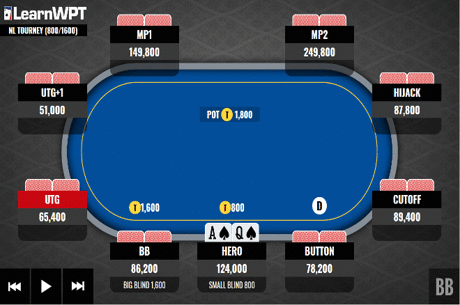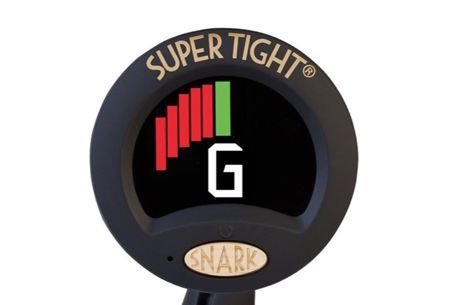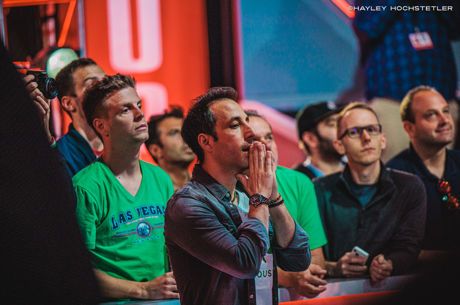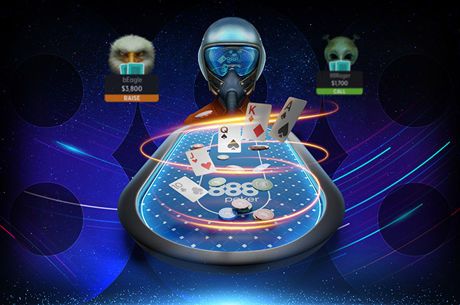Playing a Big Draw on the Turn vs. Two Opponents
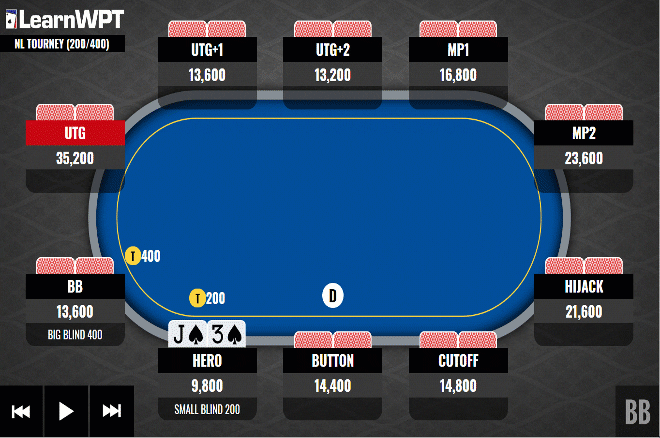
DECISION POINT: In a no-limit hold'em tournament, two early position players and one in middle position all limp into the pot. You complete from the small blind with J♠3♠, the big blind checks, and five players see the flop come 10♠8♠6♦.
It checks to the under-the-gun player who bets. The next player folds, the middle position player calls, you call, and the big blind folds. The turn comes the 9♥ and action is on you.
PRO ANSWER: Whenever we have a big draw, we should consider whether attempting to create fold equity through aggression will be profitable.
Maximizing fold equity with either an open-shove or a check-shove can often both be profitable lines, but will vary in effectiveness with stack depth and hand ranges.
We have a somewhat borderline stack in this hand, meaning that if our stack was any smaller, we would have significantly reduced fold equity by check-shoving, and open-shoving the turn could sometimes be a viable play. Any larger of a stack and open-jamming is far less attractive from a risk-reward standpoint.
The fact that the pot is three-way tips our decision toward check-shoving or check-calling being more profitable than open-shoving.
That said, one very important factor here is the middle position player's hand range. We block many of the non-7-x and non-9-x hands in his range. He is also less likely to have J-x hands and spade draws because of our hand, which makes it more likely he has a strong made hand on the turn.
Semi-bluffing with so many outs is often profitable, but with 2x pot left in stacks and these ranges, check-calling or check-shoving depending on the action will show a higher EV than open-shoving.
Checking is the best play.
LearnWPT is a poker training site dedicated to transforming the poker games of rank beginners, skilled amateurs, and aspiring professionals. Offering both Live Workshops and Online Training, is a one-stop shop for poker education, designed to provide all the tools a player needs to become a winner. Visit LearnWPT.com today and get 2 Free Strategy Episodes that will immediately impact how you play. LearnWPT.com - Think Like a Pro!


